The Hackney horse, first developed in Britain around the 14th century, is a breed that has maintained its popularity and is still bred for the purpose of pulling carriages.
The Hackney horse is known for its high gait and elegant, graceful movements. These horses are beautiful and are frequently used for long rides because of their speed and stamina on the trot.
This article gives an essential overview of the Hackney horse breed, including its history, defining traits, and other important facts and information about this elegant English horse.
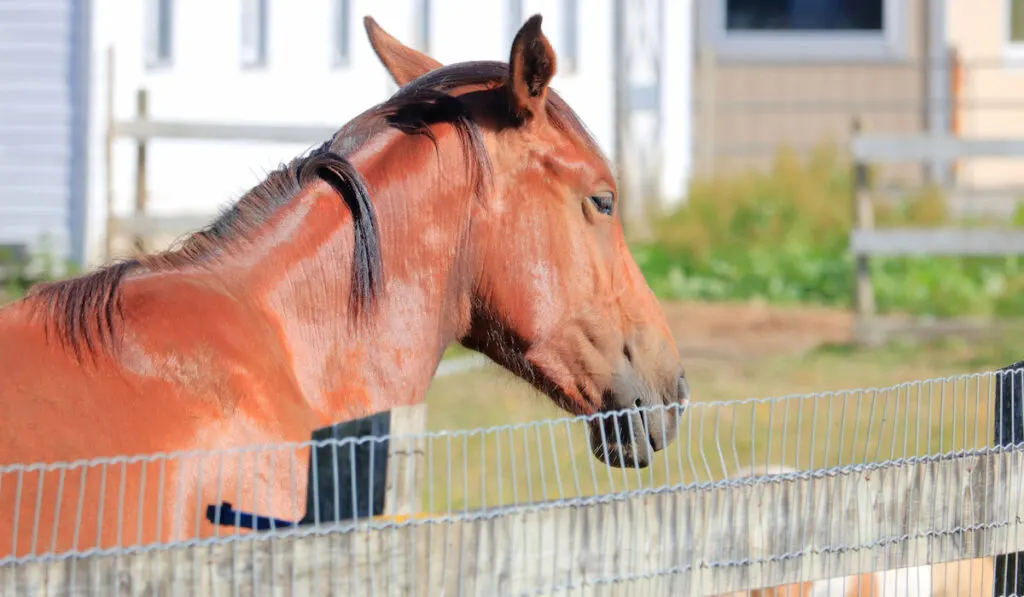
Table of Contents
Hackney Horse Breed Profile Key Information
| Height | Between 14.2 and 16.2 hands |
| Weight | 1,000 – 1,200 lbs |
| Common Uses | Recreational, endurance, racing, jumping, and the show ring |
| Physical Characteristics/Traits | They are heavily muscled, compact horses |
| Colors | Black, brown, chestnut, bay, and spotted (rare) |
| Temperament | Smart, easy to train, and responsive horse |
| Value | Around $10,000 |
| Life Expectancy | 20–35 years |
| Health Problems | There are no breed-specific illnesses that have been identified |
| Origin | England |
The History of the Hackney Horse
The Hackney Horse is a breed of horse that was created in the East End of London, England, in the 18th century. The breed was first used as a carriage horse and was famous for its speed, stamina, and stylish trotting action.
To find out more about the origins of the Hackney Horse, we should trace it back to the horses that were used in the coaching trade in the 17th century.
These horses were bred for their resilience and strength to pull heavy coaches over long distances.
However, as the demand for coaches declined in the 18th century, a new breed of horse was required to replace those stalwart workers. There was a demand for a new type of horse so that carriages could be pulled with more elegance and style.
Christopher Wilson was among the breeders who took on this challenge.
He started breeding horses in Hackney, London, with the intention of creating a breed of horse with more grace and beauty than was typical of coaching horses at the time.
To achieve this, he began crossing the local Norfolk Trotters with Thoroughbreds and Arabians to create a breed with a more refined appearance and impressive trotting action.
Over time, the Hackney Horse became known for its ability to trot with high knee action and an exaggerated “hackney” gait, which is a distinctive, showy trot.
The breed’s impressive trotting ability made it a favorite in the show arena as well as in the carriage field.
From the 19th century to the early 20th century, Hackneys were exported to many countries around the world.
The Hackney horse’s popularity declined in the mid-20th century, but it has seen a resurgence in recent years as a versatile riding horse.
Today, the Hackney horse is recognized as a distinct breed by many organizations around the world, including the American Hackney Horse Society and the Hackney Horse Society in the UK.
The breed is still known for its impressive trotting ability and its elegant appearance, and it continues to be used for driving, riding, and in the show ring.
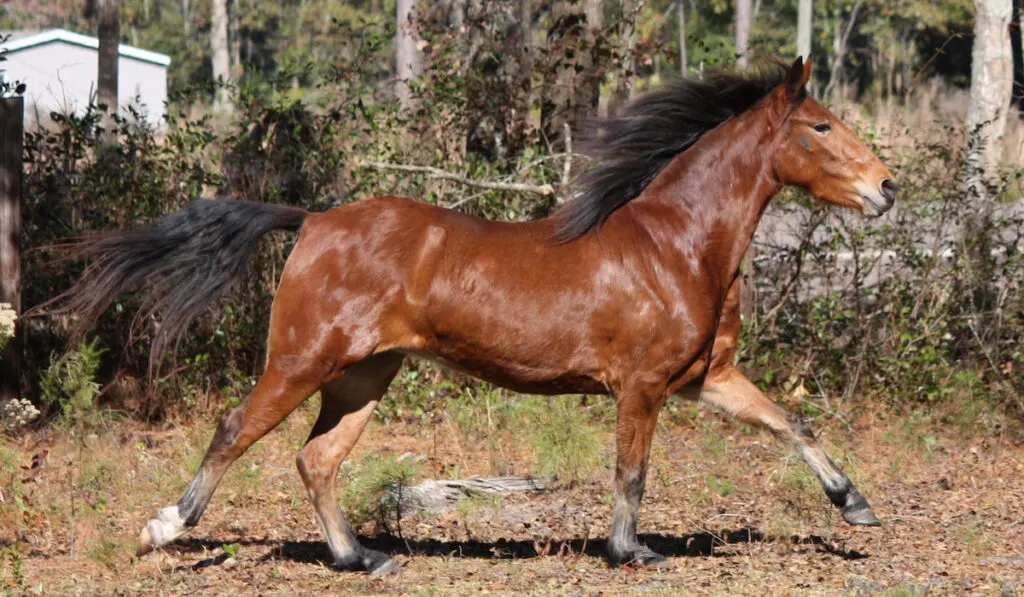
Hackney Horse Conformation
1. Height
The Hackney Horse typically stands between 14 and 16 hands high.
2. Body
The body of the Hackney Horse should be well-balanced, with a short back and strong, muscular hindquarters.
3. Legs
The legs should be straight and strong, with good bone density and well-defined tendons and ligaments.
4. Head and Neck
The head of the Hackney horse should be well-proportioned to the rest of the body. The neck ought to be arched and muscular, with a graceful slope.
5. Shoulders
The shoulders should be sloping and well-muscled, allowing for free and easy movement of the forelegs.
6. Gait
The Hackney horse’s unique gait is a four-beat lateral gait that is smooth and effortless. The movement is natural, with a head-nodding motion.
The breed’s distinctive gait is a key characteristic, and conformation should be carefully evaluated to ensure that this gait is maintained.
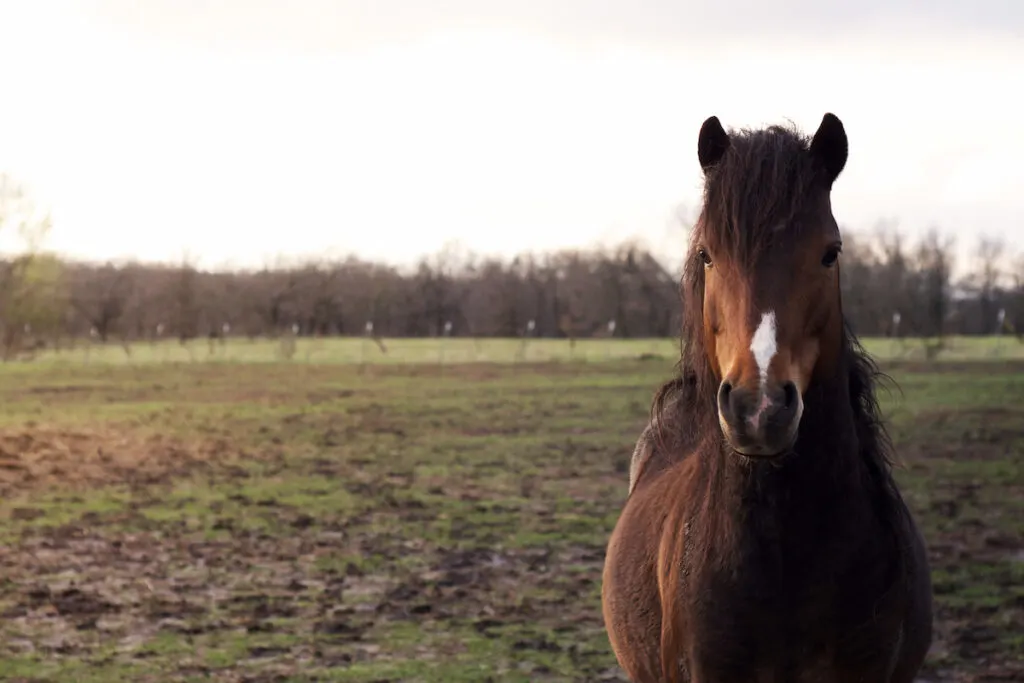
Hackney Horse Temperament
Hackney has a reputation for being a friendly, easy-to-handle, and gentle breed. They are also loyal and obedient, intelligent, and full of vitality.
Hackneys are well-liked for their versatility and trainability, which makes them ideal for activities such as riding, jumping, and dressage.
However, Hackneys may also be highly sensitive, so they need an experienced and patient handler who can provide them with clear and consistent guidance.
Both the amount and quality of training have a significant impact on the behavior of a Hackney horse.
Hackney Horse Health Issues
Even when faced with strenuous labor, such as pulling carriages over long distances, horses of this breed are known for their resilience and overall good health.
In most cases, Hackney horses do not suffer from any inherited conditions.
However, hard labor and long trips can negatively affect Hackney’s health.
Working horses are prone to joint soreness, stiffness, and inflammation as a consequence of strenuous activity on the body.
In this case, supplements or therapies such as massage, as well as regular check-ups and consultations with a veterinarian, are required.
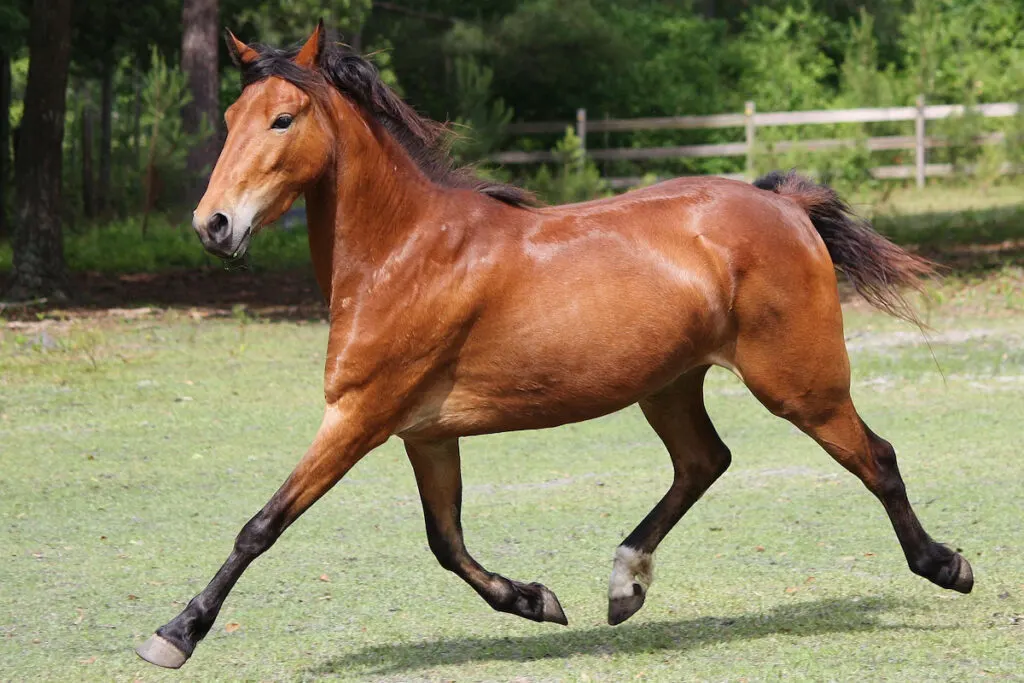
Healthy Diet
Hay and grass can typically satisfy a Hackney’s dietary requirements, provided that the forage is of good quality and contains a sufficient quantity of essential nutrients.
If Hackney horses are used for hard work or heavy training, they may need special care with their diets to make sure they stay at a healthy weight and have enough energy to do their duties.
Hackney Horse Grooming Care
A horse’s mane and tail are crucial to its overall appearance; therefore, it is important to treat them with the needed care and adhere to a few simple guidelines.
First of all, frequent combing and grooming are essential for keeping your horse’s coat in top condition.
It is best to use conditioner on the mane and tail hair regularly, and all knots should be routinely untangled and removed.
During the cold winter months, the tail will look better if it is wrapped in a sack or tied with a muddy knot.
Buying a Hackney Horse
If you’re interested in a Hackney horse, you’ll have to do the necessary research.
Because there aren’t many of these horses in the U.S., nor are there many breeders, you’ll have to be willing to travel long distances to locate one or be patient and wait for the opportunity.
It is always a good idea to approach the breeders of these horses; perhaps they are about to sell one of their horses or are expecting a foal.
However, as they are rare creatures, their value can exceed $10,000.
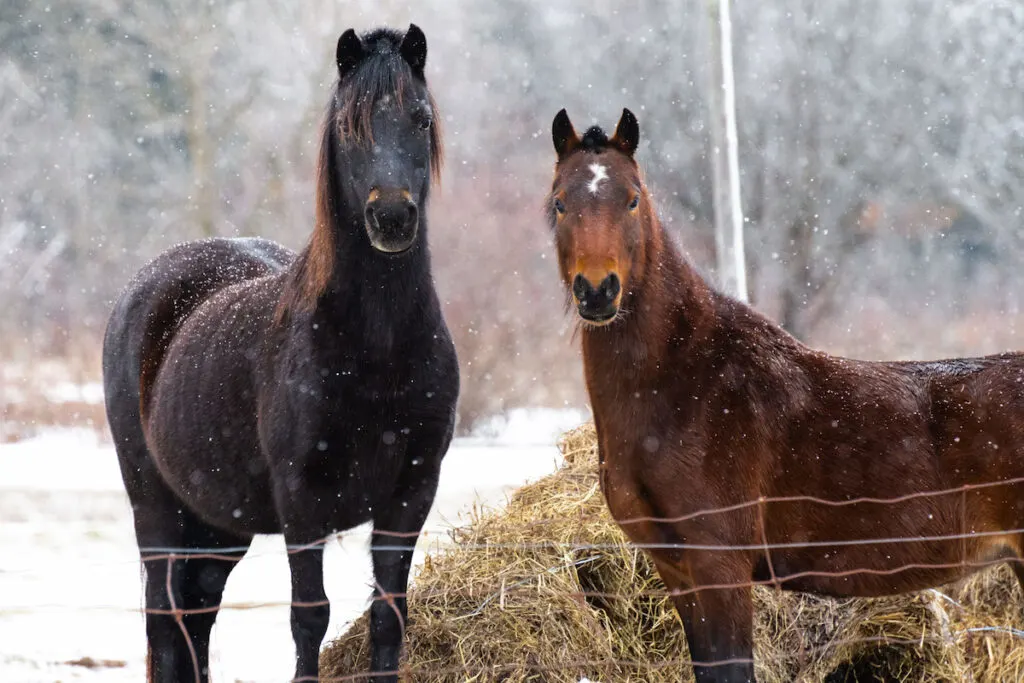
Hackney Pony as an Alternative
If you are having trouble buying a Hackney horse, you might want to look into purchasing a Hackney pony instead.
The Hackney pony shares the same characteristics as the Hackney horse breed but is a bit more compact.
In the United States, Hackney ponies are far more common and can be purchased for not much more than $5,000.
Final Thoughts
The Hackney horse is a breed of horse that originated in England and is prized for its grace, agility, and endurance.
The Hackney’s proud, elegant carriage, athletic abilities, and pleasant temperament make it an excellent choice for carriage driving, casual riding, and shows.
The breed has been around for a long time, yet it’s still going strong and is highly valued by horse enthusiasts.
If you’re looking for a unique horse in the United States to pull a carriage or just ride about on a regular basis, this breed is definitely one to consider, though locating one may prove challenging.
Resources
- https://en.wikipedia.org/wiki/Hackney_horse
- https://hackney-horse.org.uk
- https://livestockconservancy.org/heritage-breeds/heritage-breeds-list/hackney-horse/
- https://www.britannica.com/animal/Hackney-horse
- https://www.equishop.com/en/blog/hackney-endangered-english-horse-breed-n348
- https://www.horsebreedspictures.com/racking-horse.asp
- https://www.thesprucepets.com/hackney-horse-breed-profile-4783502

